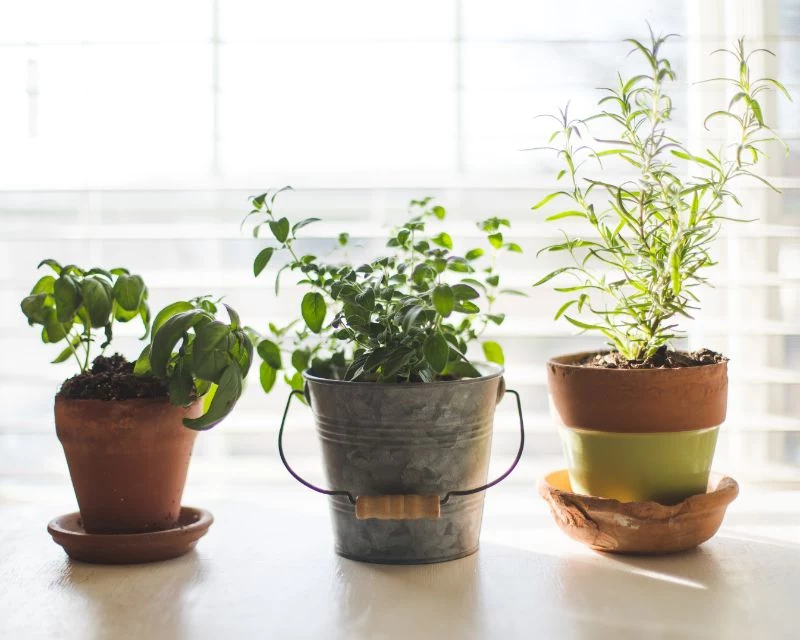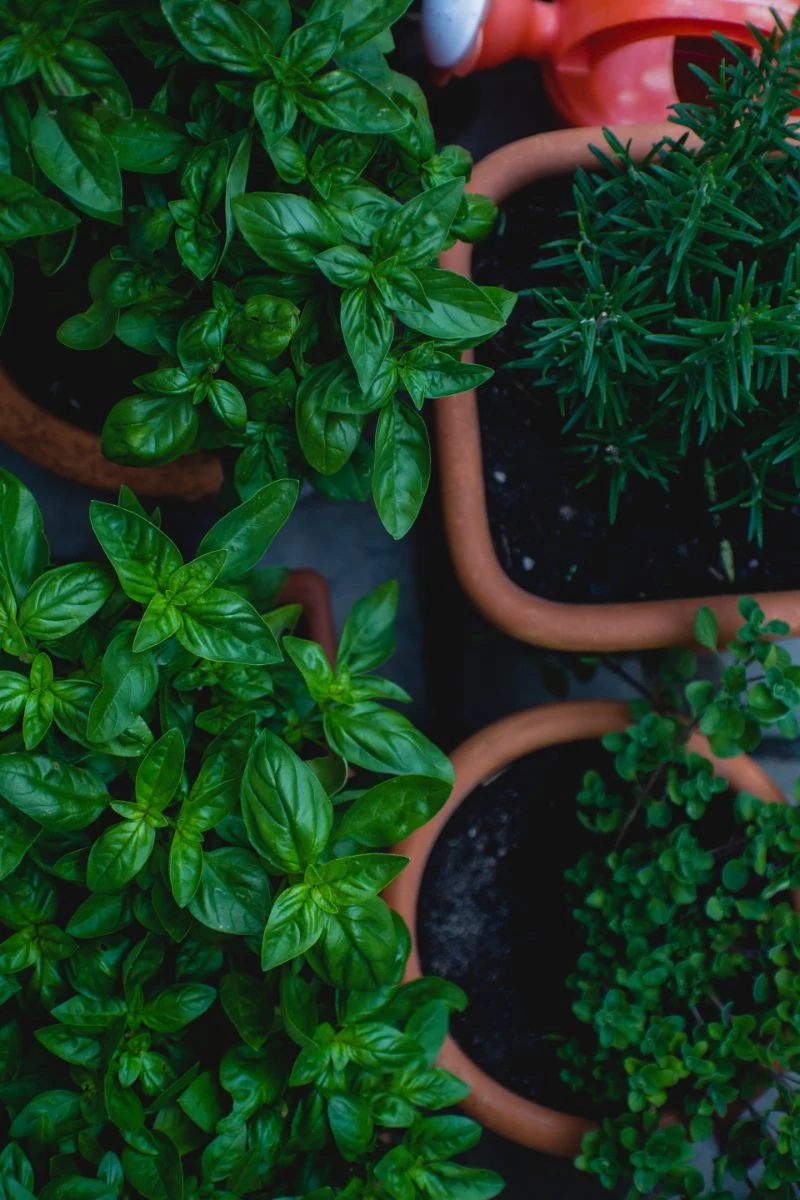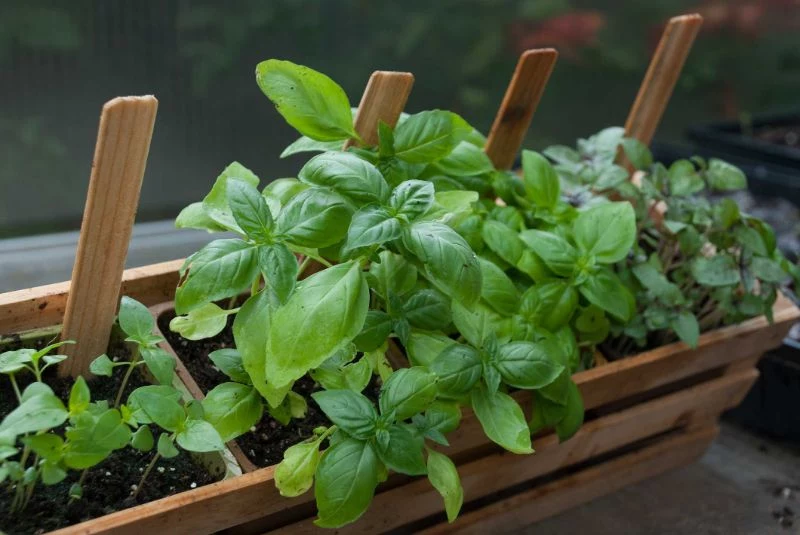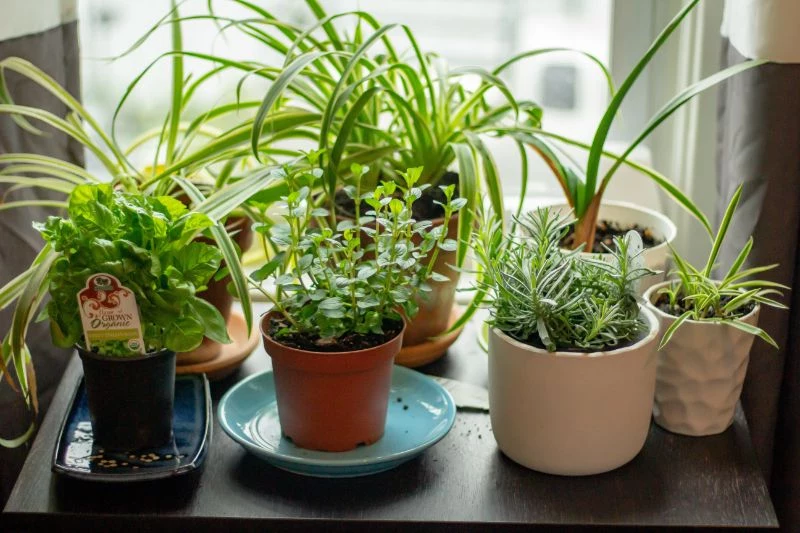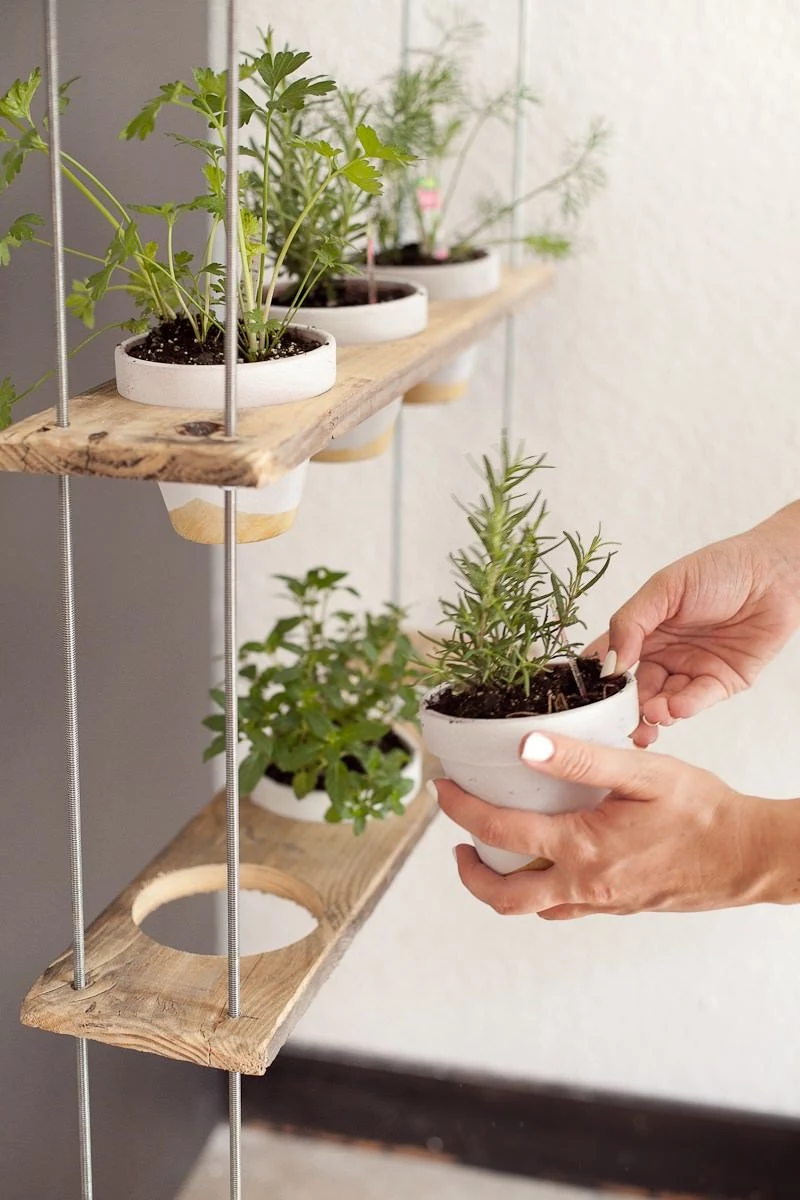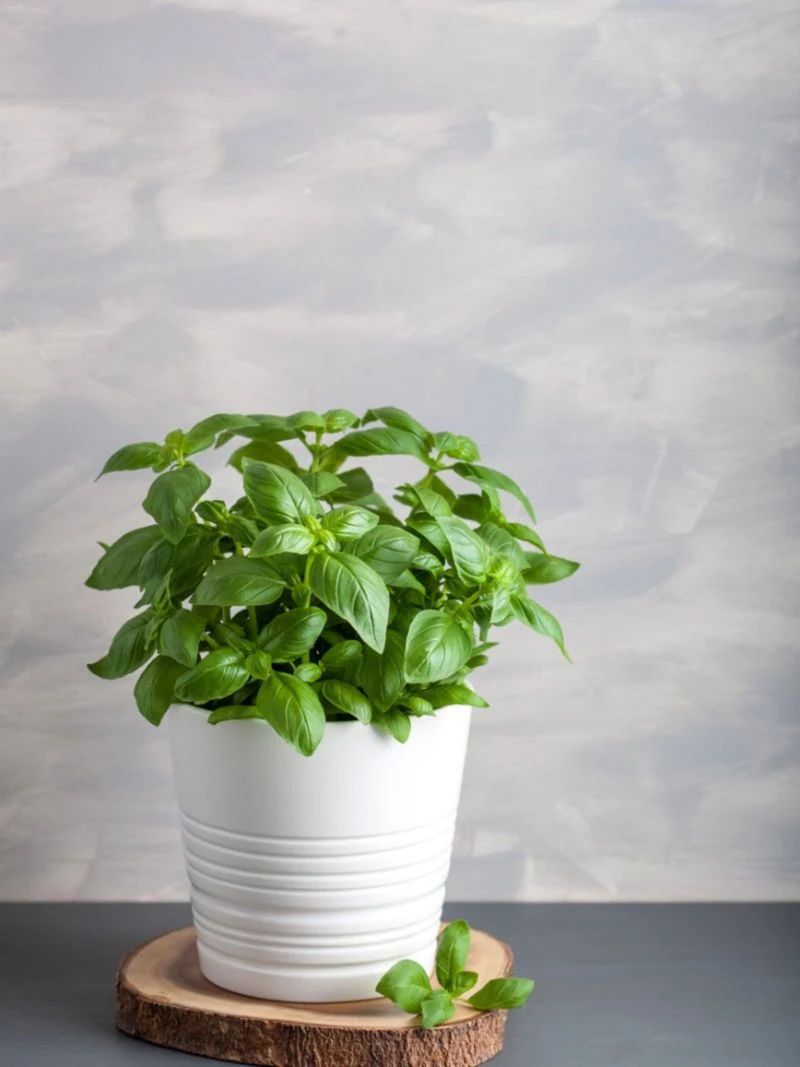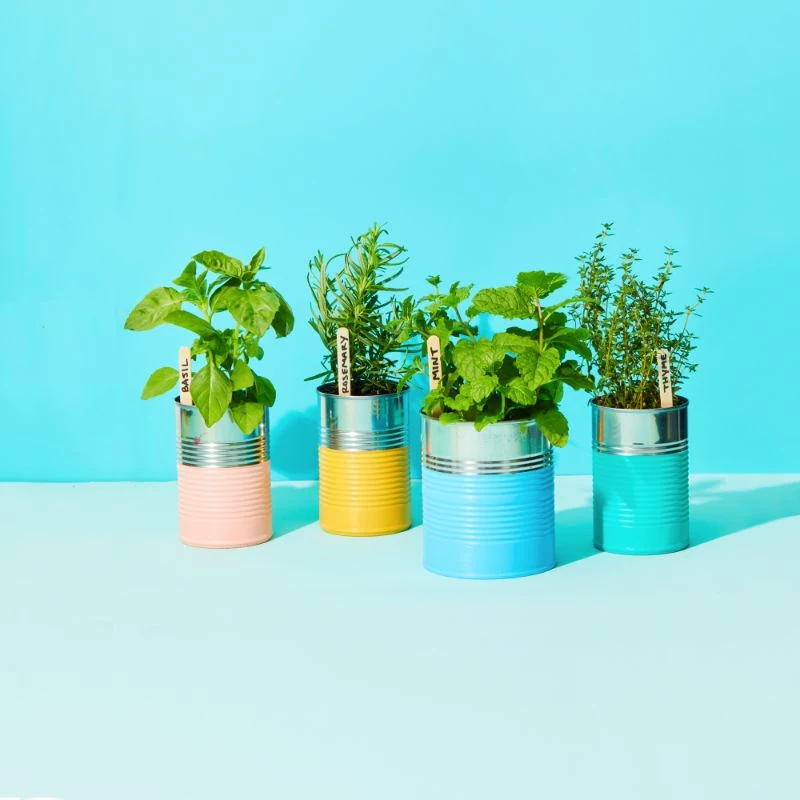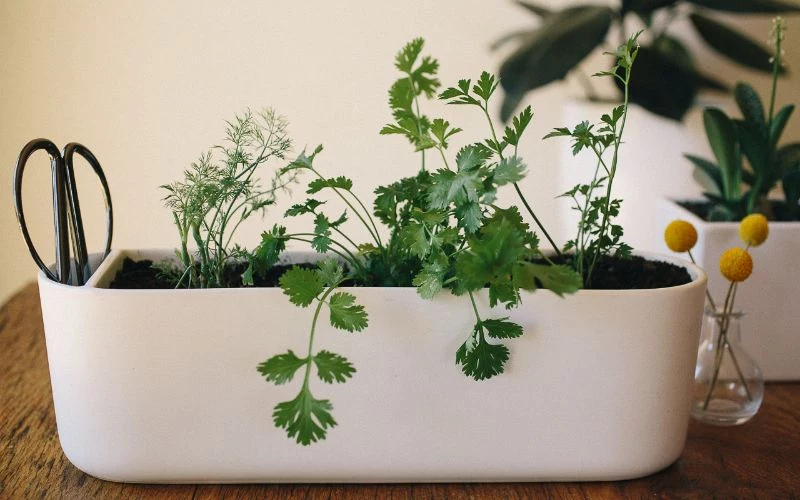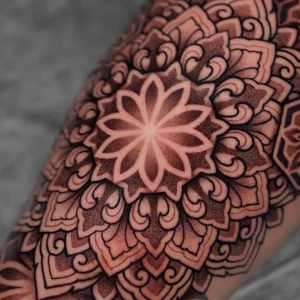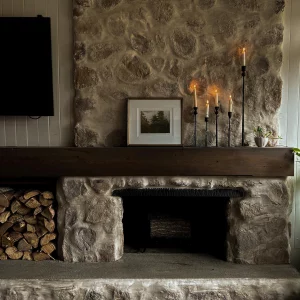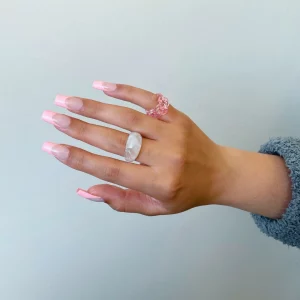Growing herbs indoors – how to care for them and mistakes to avoid
For everyone who loves to spend time in the kitchen, this article will be extremely helpful. We all know that fresh herbs give your meals incredible flavor and makes them much tastier. That is why, if you love cooking, having fresh herbs at an arm’s reach is the best. Rosemary, basil, thyme, mint, parsley – all of these are very easy to look after, so today we are going to talk about growing herbs indoors. Read this article to find out how to care for them and what mistakes to avoid. What’s more, having green plants in your home gives it a cozy, homey vibe and, as we all know, helps keep the air in your home fresher. Plus, these aromatic plants will give your home a nice, fresh fragrance.
In this article
These are some of the best herbs to grow indoors
Planting the herbs
If you are new to gardening, you need to be careful! Don’t try to cultivate herbs by yourself. Although it might seem easy, it is actually much more complex. Herbs need strong roots and in order for them to grow in the best way possible, they need some maintenance. The best thing you can do is buy young plants from a professional gardener or someone who understands how gardening works. You can also find young herbs in garden centers or specialized stores in your area. However, you should definitely avoid the ones sold in supermarkets, because they are generally of lower quality. What’s more, you don’t know how much time they have spend on the shelves and what kind of care they have been getting in the meantime.
Buy young plants from garden centers or specialized stores
Growing herbs indoors in the right pots
We can all get a bit caught up in the beauty of some planters. Every store, which sells home products has a wide selection of pots. So, you can easily look at them and think which ones are going to look good in your home or will be suitable for your interior’s color palette. However, that shouldn’t be your top priority. Your very first priority should be a perforated planter. One, that is going to allow for all of the excess water to drain from the soil. Herbs shouldn’t be overwatered! So, next time you are in the store buying a planter, consider this first, then look at the trendy, colorful pots on the shelves. Furthermore, you need to make sure that you have enough space in your kitchen to place the pots. You can choose lots of small pots or one big planter with separators for each of your herbs.
Choose your pots wisely and make sure they allow for good drainage of the excess water
Choosing the right soil
Planting different herbs, means using different soil. Not all plants are the same. Some need richer soil, others need more water, therefore, some of them can’t be planted together. So, what type of soil to use for each kind?
- Plants which need light and porous soil, which doesn’t retain a lot of water, are usually the Mediterranean herbs – rosemary, thyme, sage, oregano, savory and lavender. They need air and a lot of natural sun.
- Plants which need richer soils, enriched with compost and fertilizer are ones, which can be found in colder countries. For example, mint, sorrel, chives, terragon, etc. These plants need more nutrients from a well-prepared soil.
- Plants, such as basil, coriander, dill, cumin and parsley also need rich soil, which also stays cool and retains the water these herbs need.
- Plants, such as stevia, lemongrass and verbena need rich soil with good drainage. They need nutrients, but shouldn’t be overwatered.
Different plants need different soils, so you have to be careful if you are planting different herbs in the same container
How to deal with blooms when growing herbs indoors
Most herbal plants bloom with small flowers at the end of their stems. However, although the flowers may bring an aesthetically pleasing look for your home, they are not good for your plant. Once the flowers bloom, that means that the leaves of the herb have stopped growing. And, when it comes to herbs, usually their leaves are what is used for cooking. That is exactly why, it is important to remove the flowers buds as soon as you notice them at the end of the stems. There are exceptions to that rule, of course. For example, the lavender plant is grown specifically for its flowers and they are the ones that are used for medicinal purposes or in DIY cosmetic products.
Don’t let the plants bloom and remove the flowers buds as soon as you notice them at the end of the stems
How to water herbs
Usually, herbs are always grouped together when planted. So, whether they are all in the same planter or in separate ones, but are placed on a shelf together, we tend to water them all at the same time. That is the wrong thing to do, however. Especially because some plants need more water than others.
- Herbs, such as lavender, oregano, savory, dage, rosemary and thyme, for example, need less water. They don’t need a lot of water and they need soil with good drainage. Therefore, it might be a good idea to group them together and water once a week.
- Herbs, such as basil, dill, parsley, cilantro, etc. need moderate amounts of water.
- Herbs, such as chives and mint, for example, need a lot of watering.
In general, the amount of watering determines your herbs’ fragrance and flavor. That is why, it is extremely important not to overwater or not water them enough. Pay attention to the soil and avoid grouping plants together with different watering needs.
Pay attention to each herb’s watering needs, because it determined their fragrance and flavor
Growing herbs indoors – how to prune them
Once again, each different ingredients needs pruning at different times. Pruning is important to herbs, because it promotes growth. So, when to prune each herb?
- Spring pruning. Perennial plants which have gone through the winter need pruning in the spring – sage, thyme, lavender, rosemary, lemongrass, etc.
- Summer pruning. Perennial plants, which don’t grow in winter are pruned in summer – mint, oregano, chives, etc.
- Autumn pruning. Perennial flowers, which have been harvested furing the summer, need pruning in autumn. In general, you can even cut down the stems to prepare the plant for winter.
Pruning is important to promote growth
Having fresh herbs means all of your meals will be super fragrant and delicious
A good herb garden can be a good addition to your interior


